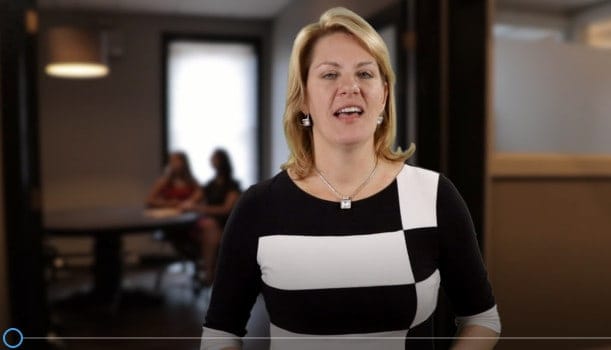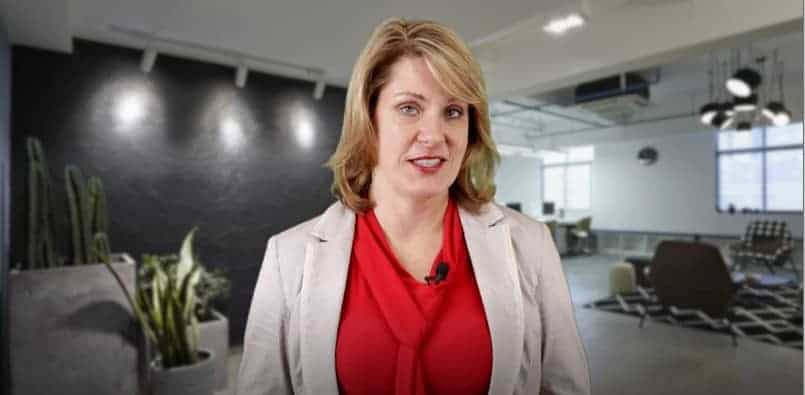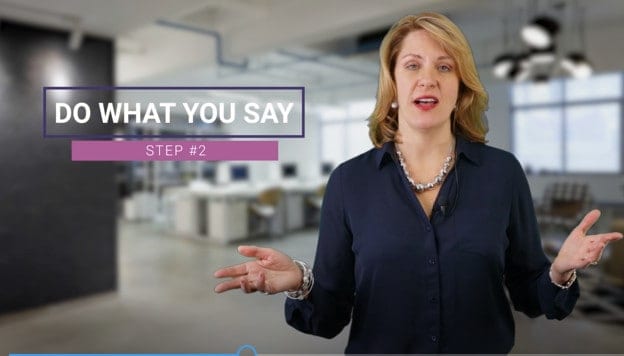How much revenue is your dental practice missing out on in unscheduled treatment? We’ll wait… and we’ll get ready to pick your jaw up off the floor when you figure out that number. Yikes!
Don’t worry, we have several solutions to get those treatment plans scheduled and that revenue back in your pocket. Check out Xana’s latest video to find out how you can reassure your patients the treatment plans you’ve made for them are of value.
(P.S. If you want to learn even more about what to track and how to track it when it comes to dental marketing and growing your business, download our FREE guide, “Transform Your Dental Practice by Tracking These 8 KPI’s.” Don’t forget to subscribe to the Golden Proportions Marketing YouTube channel. We’ve packed it full of helpful videos, created specifically for dental marketing to help you be a smarter marketer. You can also find us on Facebook, Instagram, and Pinterest where there are even more ways to learn about growing your practice presence in your community and online.)
TRANSCRIPTION
There’s a big difference between diagnosing treatment on a patient, and actually getting them to move forward with care. Most every practice has hundreds of thousands of dollars of unscheduled treatment just sitting on the books waiting for a little attention. Do you know how to get it booked?
Hi, I’m Xaña Winans, CEO and owner of Golden Proportions Marketing, the country’s leading full service dental marketing agency. Today I want to talk to you about a very important KPI, tracking unscheduled treatment, and closing more of the care that you have already diagnosed in your patients. Unscheduled treatment is a common problem, and frankly a missed opportunity in most practices. If all of the treatments not scheduled when it’s first diagnosed, it just sits on the books waiting for the patient to decide when it will become important, a date that is usually triggered by an untreated tooth that decides to blow up on a Friday afternoon.
How can you help your patients move towards care? Once a month, generate a report on all of your patients seen in the previous month, and the value of any unscheduled treatment. The sheer act of tracking how much potential revenue is waiting right in front of you will increase your awareness. In every morning huddle, select just one patient with outstanding treatment. Print out their treatment plan, get familiar with what needs to be done. Decide who in your team should raise the issue with the patient. Is it Hygiene, the doctor or the front desk?
Let’s assume your patient with outstanding treatment is back for cleaning today. They happen to mention that a back tooth is just a little bit sensitive when drinking cold water, and you helpfully remind that patient that you guys did talk about this tooth six months ago while silently rolling your eyes. How can you help your patient to understand that what you previously diagnosed is actually important? In this moment, silence is golden.
Once you have reminded the patient that you did raise this concern about the fractured tooth the last visit, they’re still going to need time to ask questions, and process what they’re being told. The need for care may seem important to you, the trained professional, but to this patient it’s an unwelcome distraction.
Explain the positive benefits and potential negative outcomes. “Mrs. Jones, by placing a crown on that tooth, we can actually eliminate your tooth sensitivity and save you from a potential root canal, when that untreated tooth becomes infected.” At the hand-off, make an assumptive statement that’s actually going to move your patient to action, “Mrs. Jones, a future dental emergency can really wreck your schedule, and I know how busy you are. I’m going to tell Katie at the front desk to get you scheduled, so we can get ahead of this issue. Sound good?”
The simple act of tracking and reviewing unscheduled treatment can help you to identify opportunities to do the right thing for your patient, while simultaneously supporting your restorative schedule. It’s a win/win for patient and practice. If you want to know more about other vital KPIs, download our free guide, transform your dental practice by tracking these eight KPIs. Thanks for watching.



